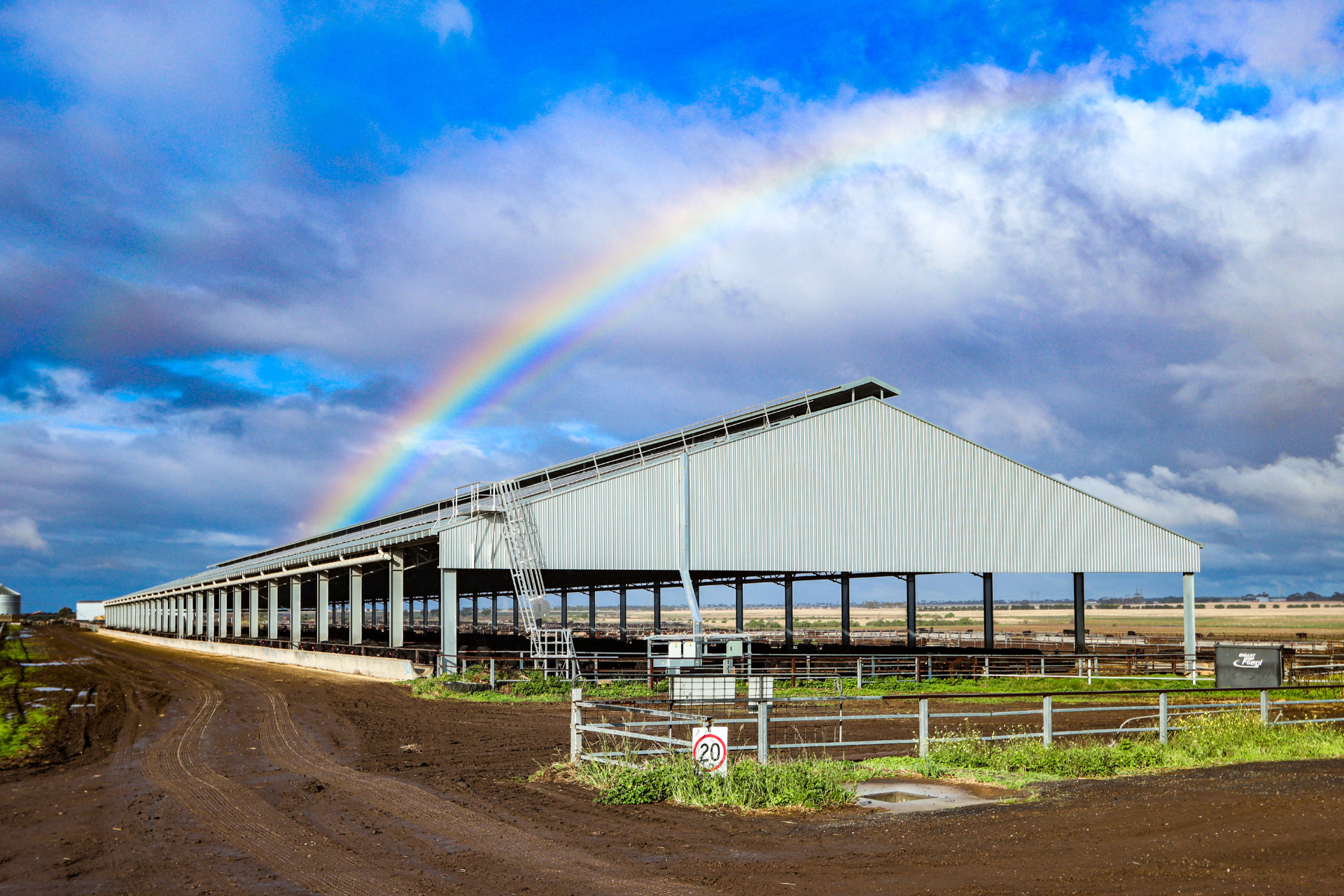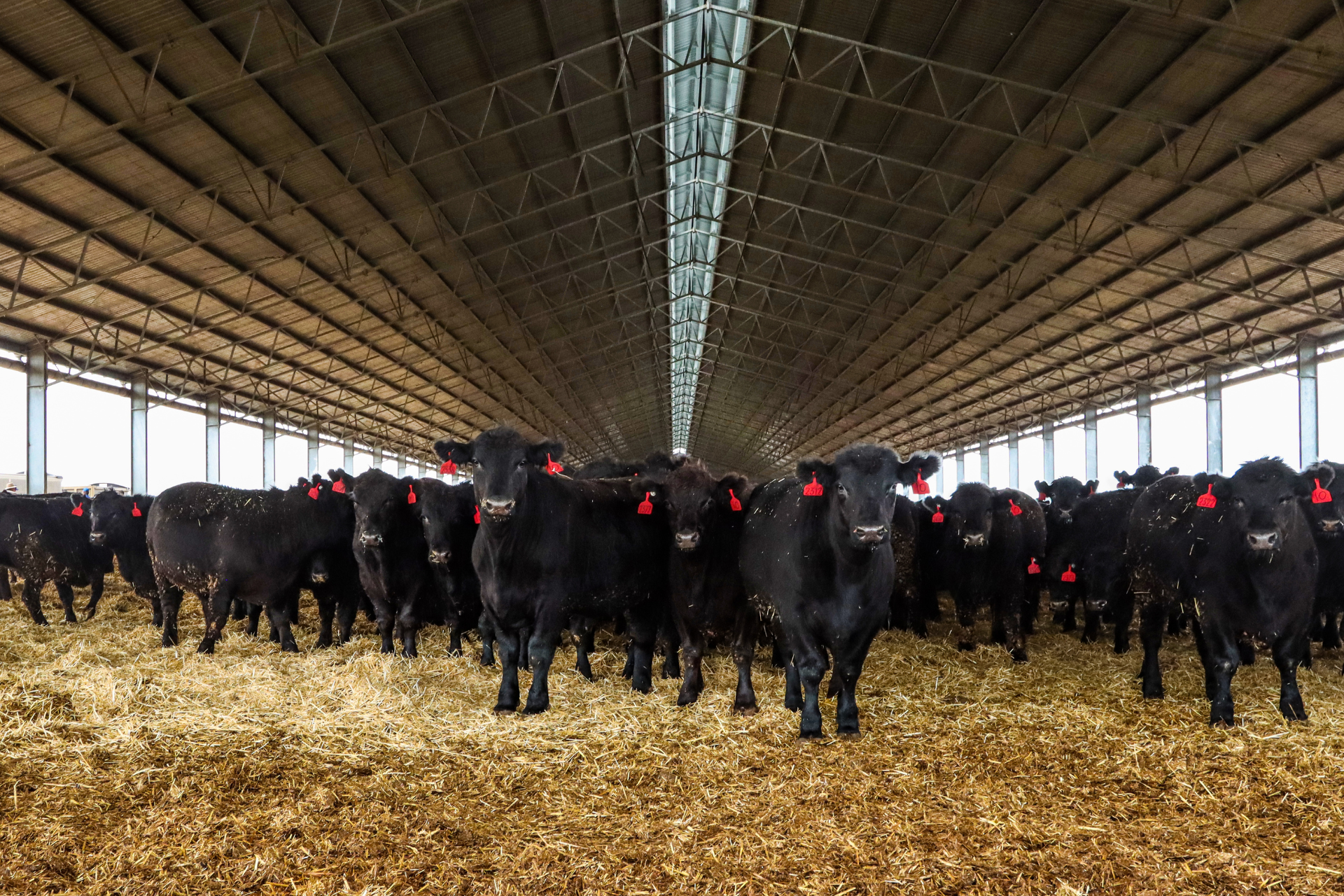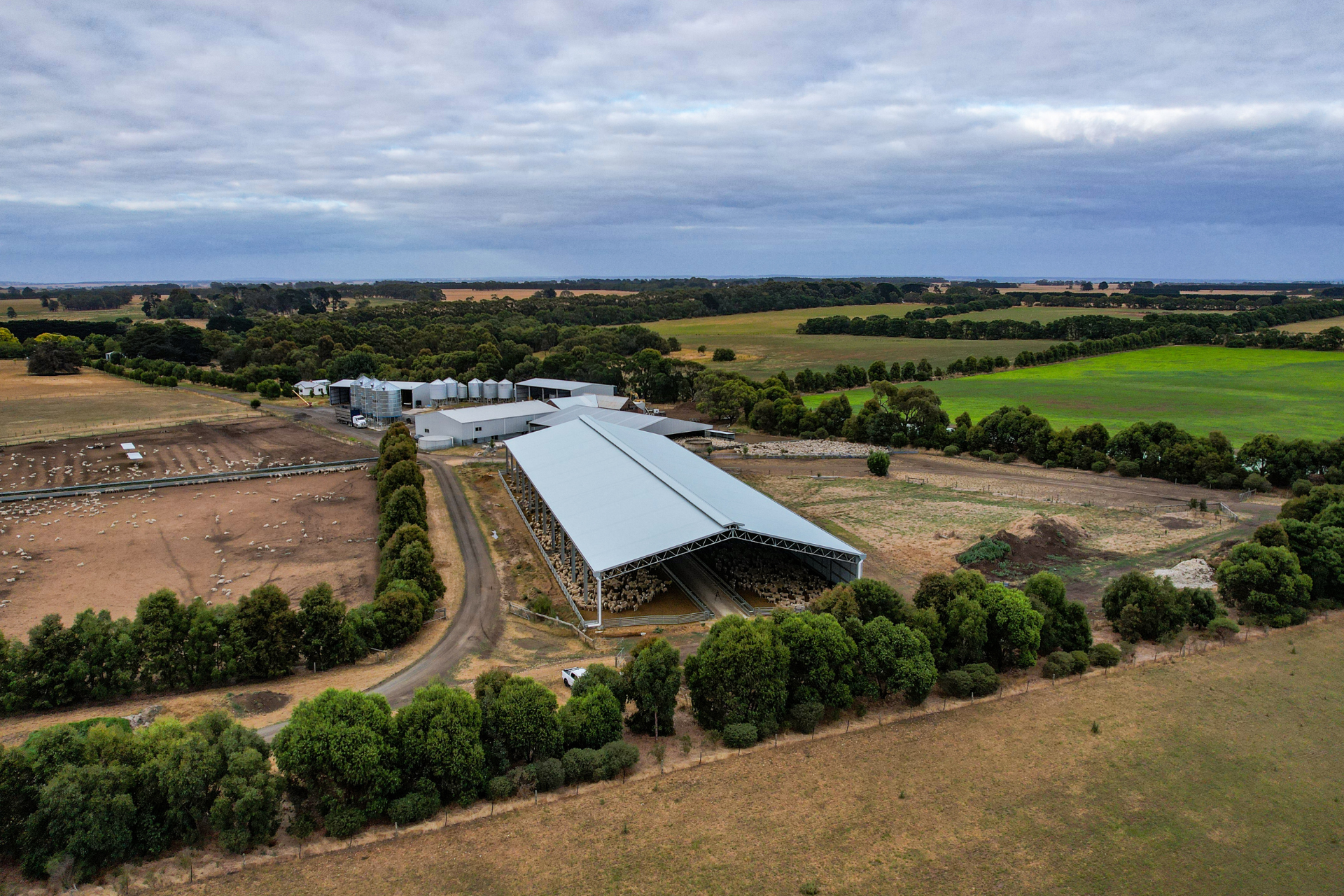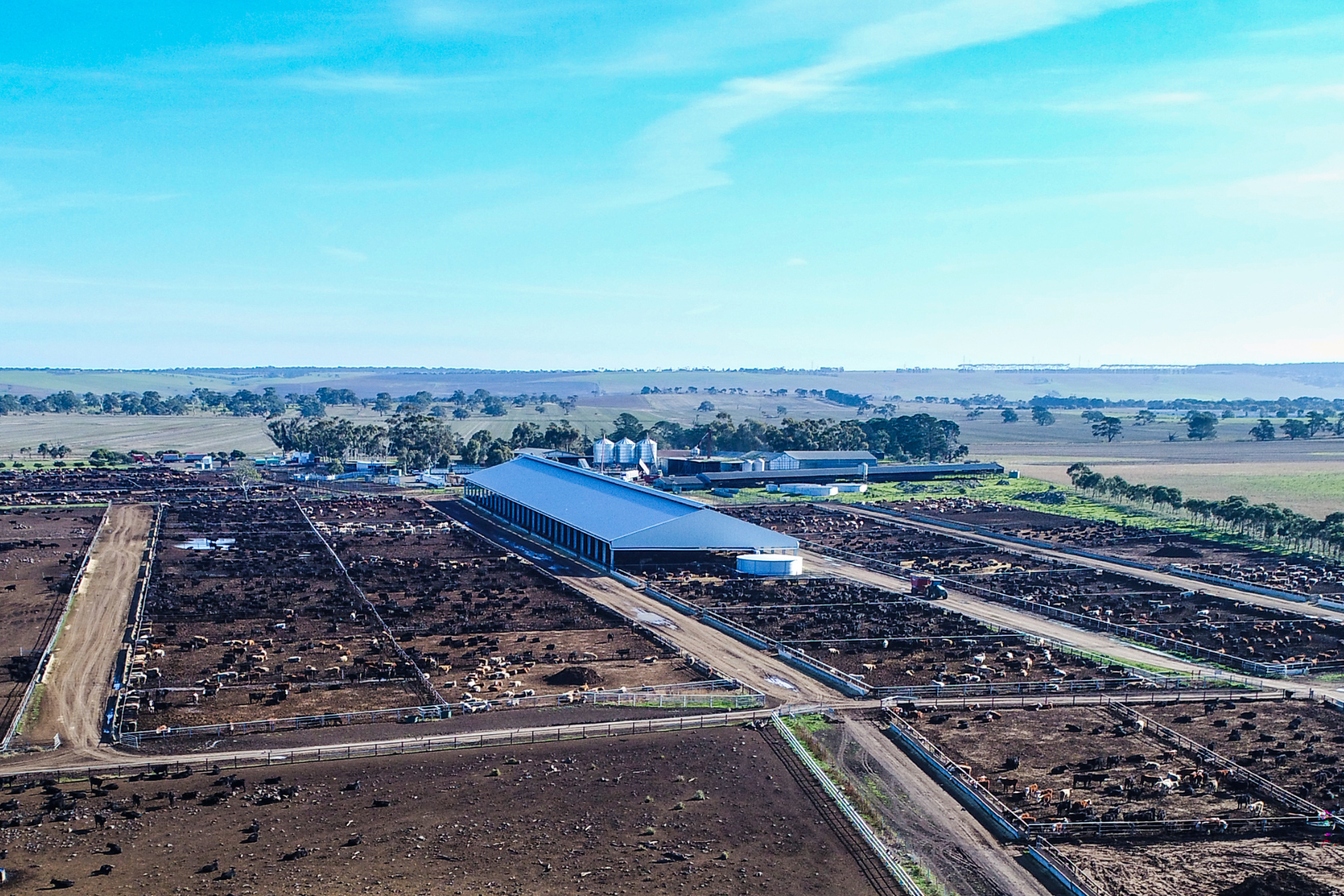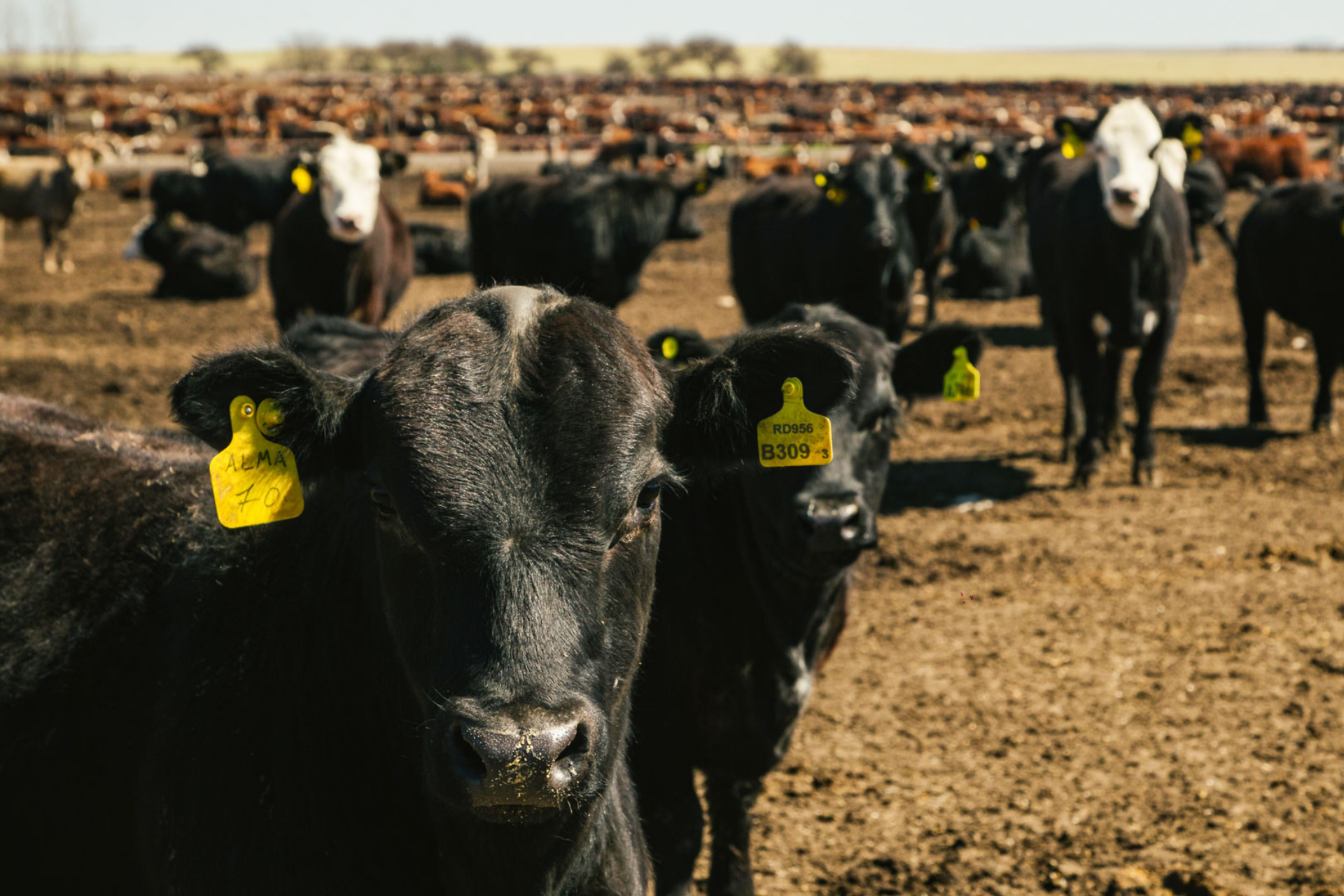Partial shade or feedlot sheds? What is the best fit for your feedlot? Should you install both?
Since the introduction of the Australian Lot Feeders Association (ALFA) shade policy, the various shade options available for feedlots have been a popular topic.
Part of this discussion has been the comparison of traditional feedlot shade cloth systems and feedlot sheds for covered housing systems.
While both options can be used to satisfy industry shade requirements, working out which is the best fit for your feedlot requires further consideration. Some of the points to consider include:
- Cost (initial cost versus long-term cost)
- Maintenance and labour requirements and other operational factors such as bedding management
- Stocking density allowances and the impact on productivity
- Opportunities for pay-off and return on investment e.g. decreasing feed wastage, increasing feed conversion and reducing dark cutters and dirty hide penalties.
- Opportunities for improving the sustainability of your feedlot with stormwater catchment, solar panel installation and repurposing bedding.
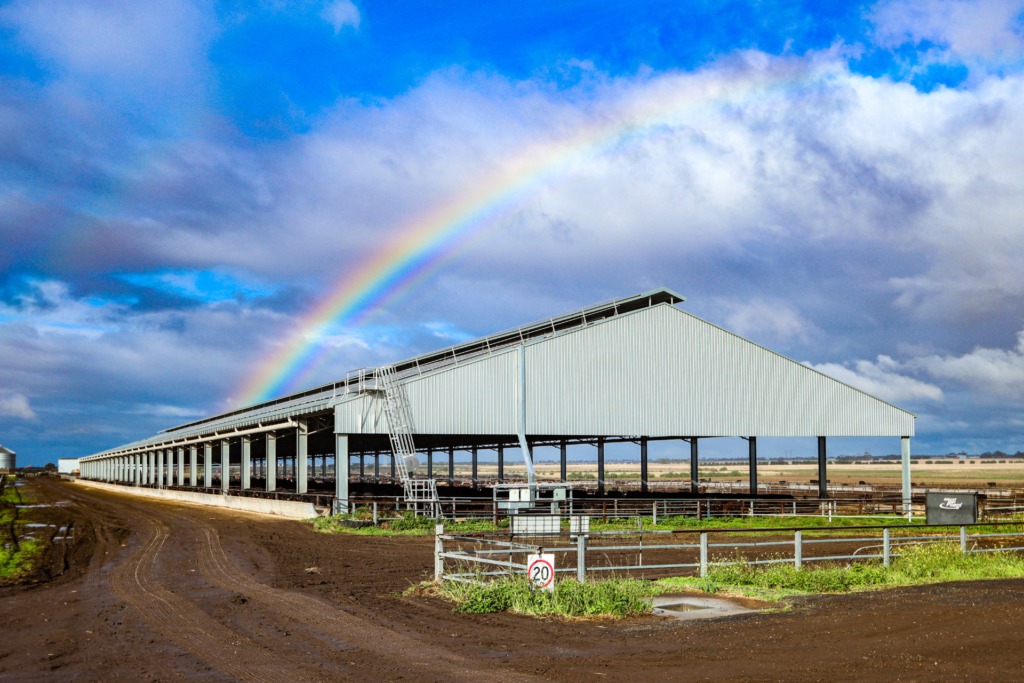
In this article, we compare partial shade and covered housing systems for feedlots including the advantages, disadvantages and opportunities of both options.
First, let’s review partial shade systems.
Partial Feedlot Shade
Traditionally, partial shade has been installed in Australian feedlots using shade cloth systems with a range of shapes and systems available including retractable and static shade cloth.
Like any product, there are potential advantages and disadvantages of shade cloth.
We provide an overview of these below for you to keep in mind.
Advantages Of Feedlot Shade Cloth
One of the main advantages of shade cloth in feedlots is that the relatively low initial cost makes it a cost-effective way to satisfy shade requirements.
Other advantages of partial shade systems include:
- Provides cattle with the ability to seek out shade, particularly during heat events. This helps reduce exposure to solar radiation and reduces heat load on the animal.
Learn more about the importance of providing shade and shelter for cattle, here.
- Can be manufactured from waterproof material to help keep pens dry.
- Post heights can be varied for stormwater run-off.
- Shade sizes and shapes can be varied depending on your requirements.
- A wide range of installation systems are available from simple DIY setups to retractable shade or permanent systems. Retractable shade is often beneficial in high-rainfall areas as it can help dry out the pens.
- Can be installed over existing pens, saving the cost of changing pen sizes or building new pens.
Disadvantage Of Partial Shade
While the main advantage of shade cloth is the low initial cost, this may be outweighed by the maintenance costs and replacement costs in the longer term.
In addition to having a shorter lifespan in comparison to shedded or covered housing systems, there are also limited opportunities for shade to provide a return on investment.
Other potential disadvantages include limited ways to effectively capture stormwater and often there is poor coverage over feed bunks.
Some systems can also be quite labour-intensive.
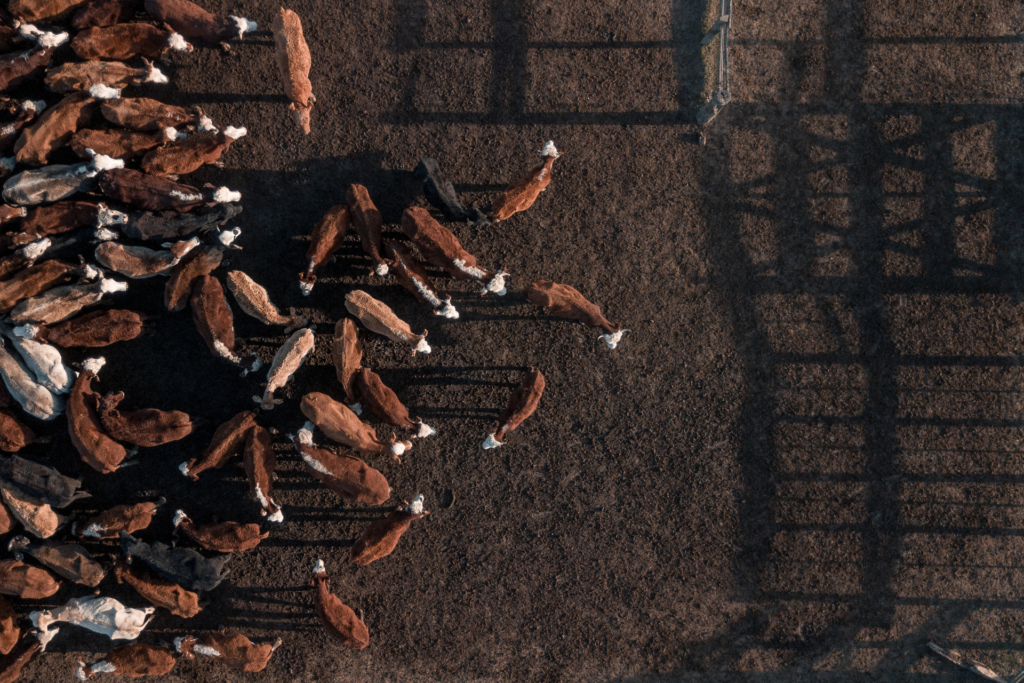
That is a summary of the benefits of shade cloth for feedlots and some discussion points on the disadvantages of using this system as your primary source of shade.
Feedlot Sheds For Covered Housing Systems
Over the past five to ten years covered housing systems have been implemented in numerous Australian feedlots, many of these have been modelled on learnings from similar infrastructure in the dairy industry.
Jalna Feedlot was an early adopter of this system, covering pens in 2017 with a custom ventilated feedlot shed – one of the first to do so in this cooler, wetter climate.
“By coming into the shed, we’re seeing 0.2 to 0.3 kilograms better weight gains per day.” - David Gillett
Advantages Of Feedlot Sheds
In addition to the impressive weight gains David mentions, covered housing systems can provide Australian feedlots with a plethora of benefits.
We list some of these below:
- Finishing cattle in housing systems keeps hides cleaner, helping to avoid penalties and reduce the labour cost of cleaning hides.
- Reduces dark cutters by providing a low-stress environment, improving the quality of your product and increasing the prices you receive.
- A low stress contained environment also improves feed conversion.
- Less feed wastage with bunks undercover and feeding is also less labour intensive.
- Allows a higher stocking rate than partially shaded or unshaded pens. Stocking density in open feedlots is typically around 15m2/SCU, but when undercover this can be reduced to 9m2/SCU (QLD) or around 6m2/SCU in some other states.
- Long-lasting and low-maintenance assets with a lifespan of over 25 years.
- Better bedding management and opportunities to repurpose this for fertiliser or it could be composted and sold as another value stream
- Stormwater systems installed keep bedding dry and can effectively capture and store stormwater allowing it to be reused. This helps to contribute to the sustainability of the feedlot.
- Other sustainability opportunities include the installation of solar on the shed roof of the housing system.
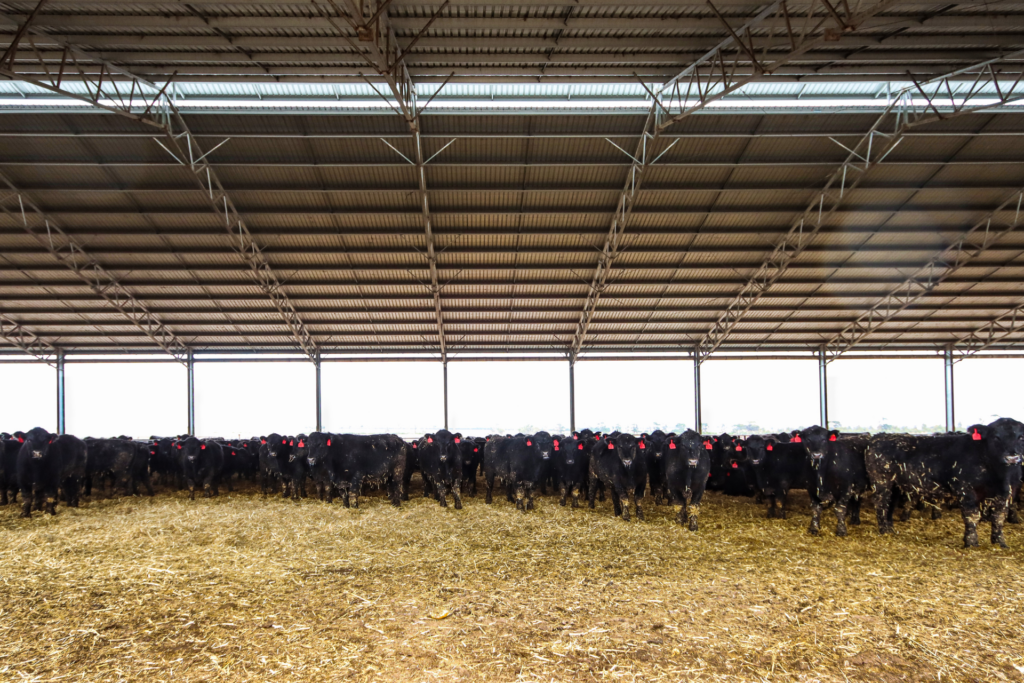
These are just some of the tangible benefits of implementing a covered housing system.
To make this a fair and honest conversation, we also need to consider the potential drawbacks of this shade system.
Disadvantages Of Feedlot Sheds
One of the potential disadvantages of feedlot sheds is that building a shed will require changing pen sizes or building new pens to achieve the best outcome.
Arguably, the main drawback of covered housing is the initial cost to implement the system.
In addition to the cost of the feedlot shed, project planning including effluent management, type of bedding, bedding management, fire design requirements, council approval and other details all need to be considered.
Addressing these details in the planning stage is essential for ensuring the success of the project – but it does take time and money.
It is worth noting though, that as these systems become more widely implemented and more findings become available, the benefits far outweigh the initial cost, and help contribute to a sustainable future for your feedlot and the industry.
David Gillet, Jalna Feedlot is a textbook example of this, using the shed covering his feedlot to capitalise on:
- Repurposing bedding for fertiliser
- Capturing and reusing stormwater
- Installing solar panels
- Reducing dirty hide and dark cutter penalties
“By the time you factor in water, fertiliser, social license and performance, there’s big returns to us for the investment we’re putting into sheds and it’s definitely going to be the way we’re going in the future.” – David Gillett
Why Shade Is Important To Jalna Feedlot
How Much Does A Feedlot Shed & Covered Housing System Cost?
Using the MLA Feedlot Covered Housing Systems Guide examples, the cost per SCU equates to ~$1,230/SCU for an uncovered feedlot and ~$2,060/SCU for a covered housing system.
These examples include the complete costs of works such as feed bunks and aprons, drainage and solid waste storage.
It is important to remember that costs are very site and design-specific and material and labour costs vary considerably between regions and over time.
Our cost estimate for the feedlot shed construction is around $1400/SCU when stocked at 9m2 (supplied and erected).
We have also developed a price guide to help you establish your budget – How Much Does It Cost To Build A Feedlot Cover?
Download a copy of the MLA Guide here as this covers the additional costs and ongoing costs you will need to consider (pages 78 and onwards) such as civil works and utilities.
The Verdict – Shade Cloth Versus Feedlot Sheds
Your feedlot’s unique requirements and objectives will largely determine which is the best feedlot shade option for you.
For example, if you are simply looking to meet shade requirements, shade cloth is a straightforward and relatively low-cost way to tick that box.
However, if you are looking to increase stocking density (and increase cattle numbers without expanding the feedlot footprint) and want to achieve more from your investment in shade such as improved feed conversion and average daily weight gain (so that target weights are reached earlier and therefore more cattle are turned off in a year) there is a serious business case for implementing covered housing.
Or if you are implementing a housing system to finish cattle, a combination of partial shade and shedding can deliver the best of both worlds.
When weighing up your options, remember to think about long-term objectives such as profitability and sustainability – for both your feedlot and the industry.
Feedlot Shade Research
At Action we understand feedlot shade implementation, particularly covered housing systems is not a small undertaking and making these types of business decisions requires tangible facts and data.
This is why we have invested in developing a holistic project approach that uses research including Computational Fluid Dynamics studies to provide feedlot-specific advice.
This includes advice on
- Effective airflow for heat, moisture and ammonia reduction and how we can manipulate the roof design to achieve this.
- Functional and cost-effective configurations that satisfy stocking density and bunk space requirements.
- Best-fit orientation depending on feedlot location and climate.
- Developing stormwater design to direct run-off away from bedding and allow it to be captured and used.
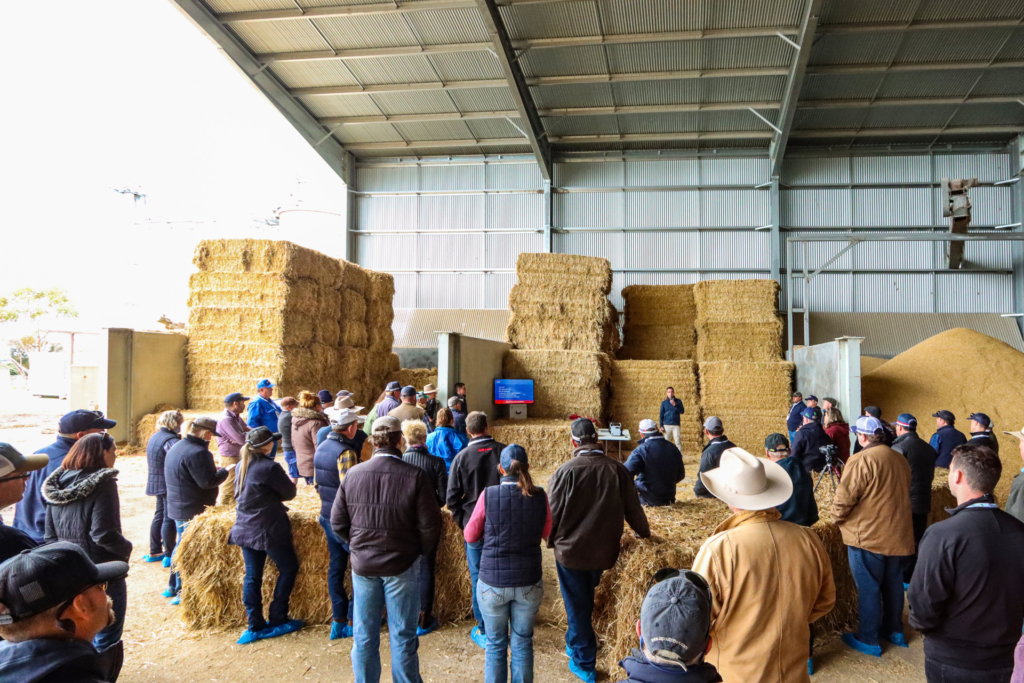
Our Commitment To The Feedlot Industry
We are passionate about being a part of the successful implementation of shade in Australian feedlots.
We take pride in our distinct project methodology, and we are committed to contributing to the sustainable future of the industry by nurturing partnerships, reducing risk and delivering project success.
For further information and resources, browse the list below.
To learn more about our feedlot sheds, shade research and project methodology, call us on 1800 687 888. Our team will also be attending upcoming industry events including WagyuEdge’24 and Beef Australia.

